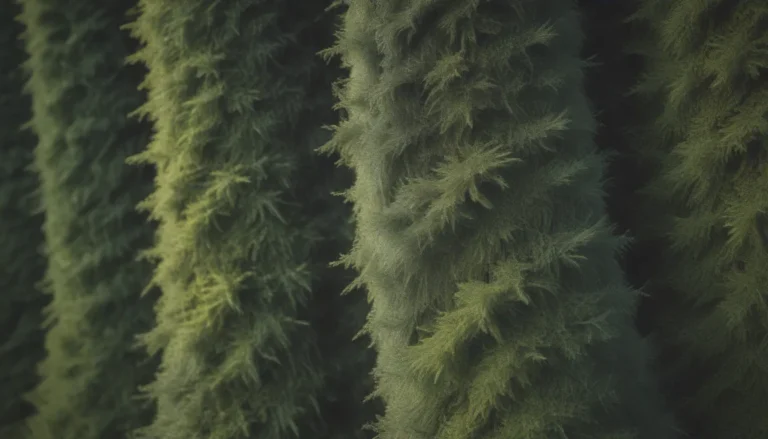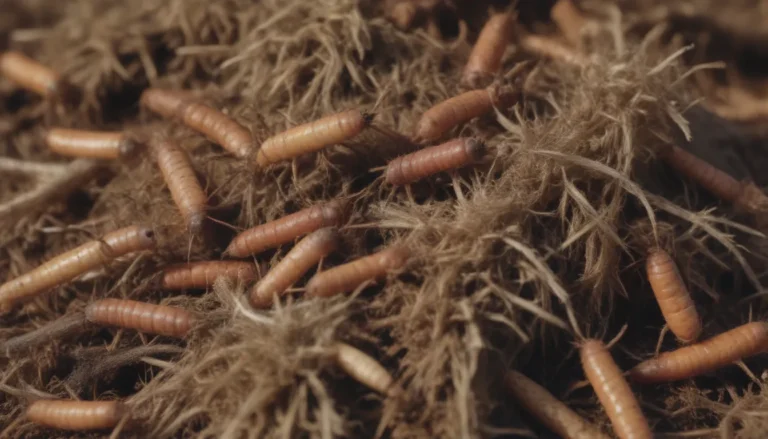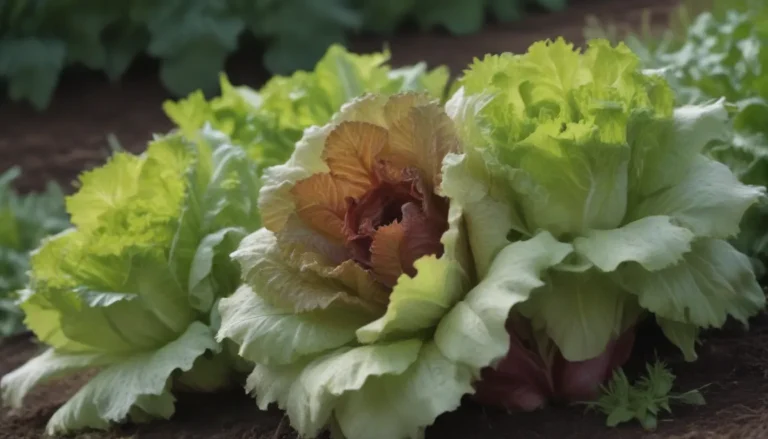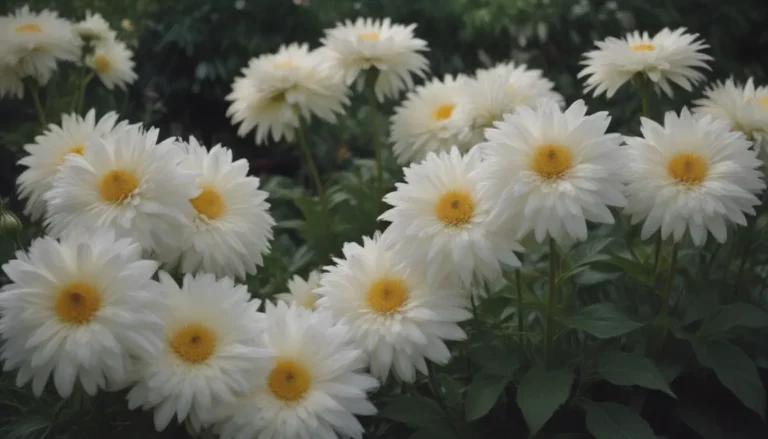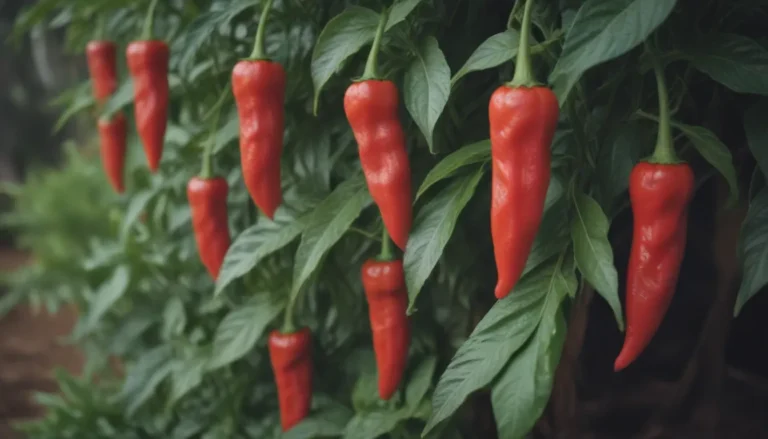Everything You Need to Know About Growing and Caring for Lemongrass Plants
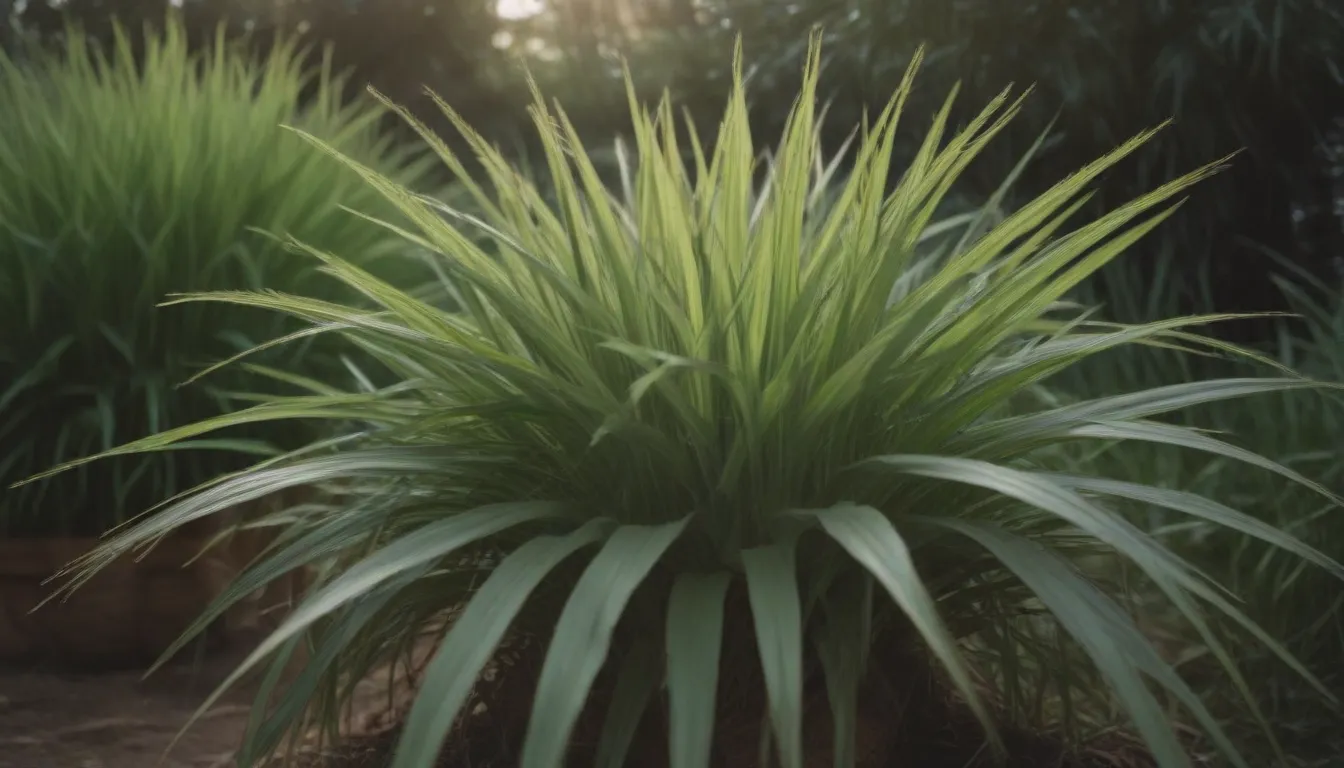
Lemongrass is a versatile and aromatic herb that has been used for culinary purposes and as an herbal remedy for centuries. With its light citrus flavor and fragrance, lemongrass is a popular choice for adding a unique twist to your dishes or creating a soothing tea. In this comprehensive guide, we will explore everything you need to know about planting, caring for, and harvesting lemongrass plants.
The Versatile Lemongrass Plant
Lemongrass, also known as Cymbopogon, is a clump-forming herb that thrives in hot, humid conditions. It features coarse, strap-like leaves that release a light citrus scent when crushed. While lemongrass is a popular addition to herb gardens, it is important to note that it is toxic to dogs, cats, and horses.
How to Plant Lemongrass
Planting lemongrass is easy and rewarding, whether you live in a tropical climate or a temperate zone. Here are some essential tips for planting lemongrass:
When to Plant
Wait until all danger of frost has passed before planting lemongrass outdoors. This herb thrives in warm weather, so look for temperatures around 90°F for optimal growth. If starting from seeds, sow indoors three weeks before the final frost.
Selecting a Planting Site
Choose a sunny spot with well-draining soil for your lemongrass plants. If your soil is not ideal, consider planting in pots or raised beds. Adding compost to the soil before planting can improve performance.
Spacing, Depth, and Support
Give your lemongrass plants plenty of room to grow, as they can reach up to 6 feet tall and 4 feet wide. Plant the bulbs so that they rest just at the soil line, with roots buried. Use sturdy pots to support heavy top growth.
Caring for Lemongrass
Lemongrass plants thrive in conditions that mimic their tropical habitat. Here are some essential care tips for your lemongrass plants:
Light
Provide your lemongrass plants with at least six hours of direct sunlight per day. Plants grown in shade may be sparse and more susceptible to pests.
Soil
Lemongrass prefers rich, loamy soil. Enhance the soil with organic amendments like compost, manure, or leaf mold for optimal growth.
Water
Keep the roots of your lemongrass plants constantly moist by watering once or twice a week. Mulch can help conserve soil moisture, especially in hot climates.
Temperature and Humidity
Lemongrass is sensitive to frost and temperatures below 15°F. Bring potted plants indoors when temperatures drop below 50°F.
Fertilizer
Feed your lemongrass plants weekly during the growing season with a nitrogen-rich fertilizer. Alternatively, water with manure tea or a nitrogen booster to supplement nutrients.
Lemongrass Varieties
There are several varieties of lemongrass, each with its unique uses:
- West Indian Lemongrass (Cymbopogon citratus): Ideal for culinary use, this variety is favored for its citrus flavor.
- East Indian Lemongrass (Cymbopogon flexuosus): Popular in aromatherapy, this variety is used in essential oils, perfumes, and soaps.
Harvesting Lemongrass
Lemongrass is a fast-growing plant that can be harvested when young without adverse effects. Here’s how to harvest lemongrass:
- Snip the green leaves for tea or broth.
- Use the tender white stalks for adding flavor to dishes.
- Remove individual stalks from the clump, including roots.
- Prepare the stalks by chopping or freezing for later use.
Growing Lemongrass in Pots
If you have limited space or live in a cooler climate, you can grow lemongrass in pots. Here are some tips for growing lemongrass in containers:
- Use a large pot or container to support a healthy root system.
- Use high-quality potting soil with time-released fertilizer.
- Repot with fresh soil in spring to replenish nutrients.
Propagating Lemongrass
Lemongrass is easy to propagate from bulbs. Here’s how to propagate lemongrass:
- Divide bulbs during the growing season.
- Use a shovel or garden spade to separate bulbs.
- Propagate during harvesting for easy maintenance.
Growing Lemongrass From Seeds
In cooler climates, you can start lemongrass from seeds. Here’s how to grow lemongrass from seeds:
Start Lemongrass Seeds Indoors
- Plant seeds in warm, moist soil indoors.
- Transplant seedlings into individual pots after germination.
- Harden off before transplanting into the garden.
Direct Sow Lemongrass Seeds
- Plant seeds in the garden once temperatures reach 60°F.
- Keep soil moist until germination occurs.
- Thin seedlings to 1 foot apart once they reach 3 inches tall.
Overwintering Lemongrass
To maintain lemongrass as a perennial in temperate zones, consider overwintering in containers. Here’s how to overwinter lemongrass:
- Shear plants down to 6 inches and place in a basement or garage.
- Bring smaller containers indoors to a sunny window.
- Wait until after the frost-free date to move plants back outdoors in spring.
Common Pests and Diseases
While lemongrass is generally resistant to pests and diseases, it can still attract common garden pests. Here are some tips for managing pests and diseases:
- Use a garden hose or horticultural oil to control aphids and spider mites.
- Water at soil level to prevent rust fungus.
- Keep an eye out for symptoms like brown spots on leaves.
In conclusion, lemongrass is an excellent addition to any garden, providing both culinary and medicinal benefits. By following these tips for planting, caring for, and harvesting lemongrass, you can enjoy a bountiful crop of this versatile herb year after year. Remember to sign up for our free gardening newsletter for more tips and hacks to enhance your gardening experience. Happy planting!

